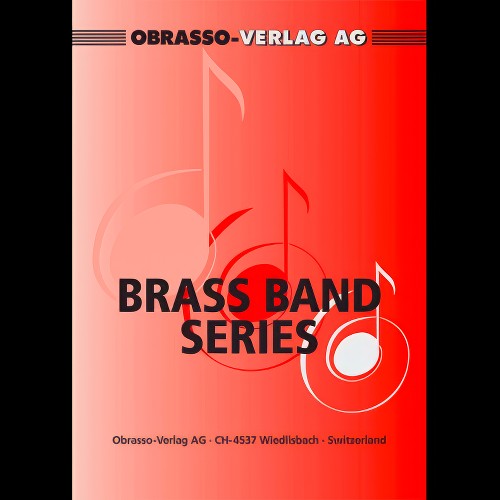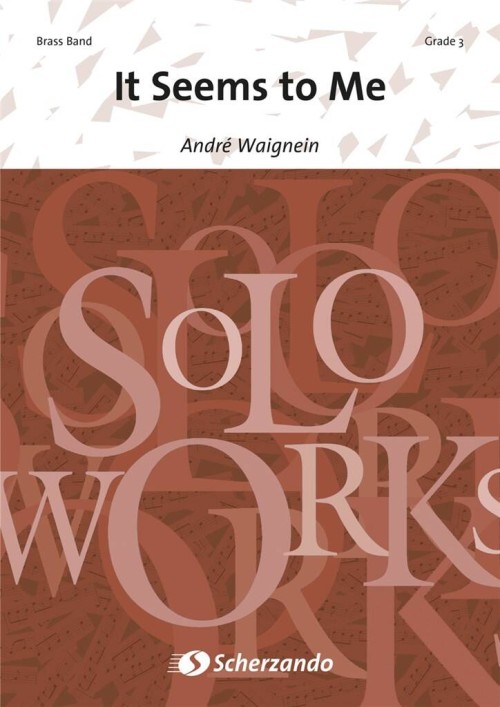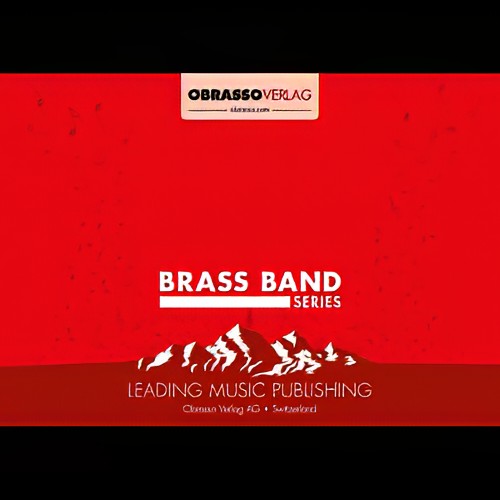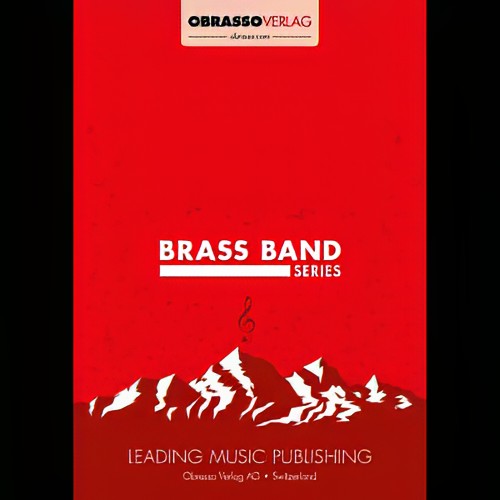We've found 218 matches for your search. Order by
Results
-
 £52.70
£52.70Drink To Me Only With Thine Eyes
Estimated dispatch 5-14 working days
-
 £60.99
£60.99Bist Du bei mir - Johann Sebastian Bach
The song Bist du bei mir, geh' ich mit Freuden zum Sterben und zu meiner Ruh' (BWV 508) was composed by Johann Sebastian Bach for his second wife Anna Magdalena (1701-1760), who he married in 1721. The unparalleled popularity of this song is probably due to the magnificent, sensitive melody that wonderfully fits the anonymous text, in which a loved one is told that even death is beautiful "as long as you are there with me." Jacob de Haan has produced this beautiful arrangement for brass band, which is suitable for many occasions.
Estimated dispatch 5-14 working days
-
 £50.90
£50.90I Hear You Calling Me (Tenor Horn Solo with Brass Band) - Marshall, Charles - Smith, Sandy
Duration: 3.45
Estimated dispatch 7-14 working days
-
 £59.99
£59.99It Seems to Me (Cornet Solo with Brass Band - Score and Parts) - Waignein, Andre
Duration: 4.15
Estimated dispatch 7-14 working days
-
 £54.20
£54.20As Long As He Needs Me (from Oliver) (Soprano Cornet and Flugel Horn Duet with Brass Band - Score and Parts) - Bart, Lionel - Fernie, Alan
Duration: 3:15
Estimated dispatch 7-14 working days
-
 £50.90
£50.90IF YOU REALLY KNEW ME (Eb Horn Solo with Brass Band) - Hamlisch, Marvin - Smith, Sandy
Grade: Medium.
Estimated dispatch 7-14 working days
-
 £50.90
£50.90LET ME TRY AGAIN (Baritone Solo with Brass Band) - Fernie, Alan
Grade: medium. Duration: 4:00.
Estimated dispatch 7-14 working days
-
 £50.90
£50.90Someone to Watch Over Me (Cornet Duet with Brass Band - Score and Parts) - Gershwin, George - Freeh, Mark
Duration: 4.30
Estimated dispatch 7-14 working days
-
 £50.90
£50.90WHEN SHE LOVED ME (Flugel Horn Solo with Brass Band) - Newman, Randy - Smith, Sandy
from Toy Story 2. Grade: Easy
Estimated dispatch 7-14 working days
-
 £50.90
£50.90YOU'VE GOT A FRIEND IN ME (Eb Horn Solo with Brass Band) - King, Carole - Smith, Sandy
Grade: Easy/Medium.
Estimated dispatch 7-14 working days
